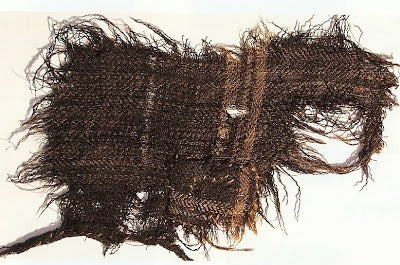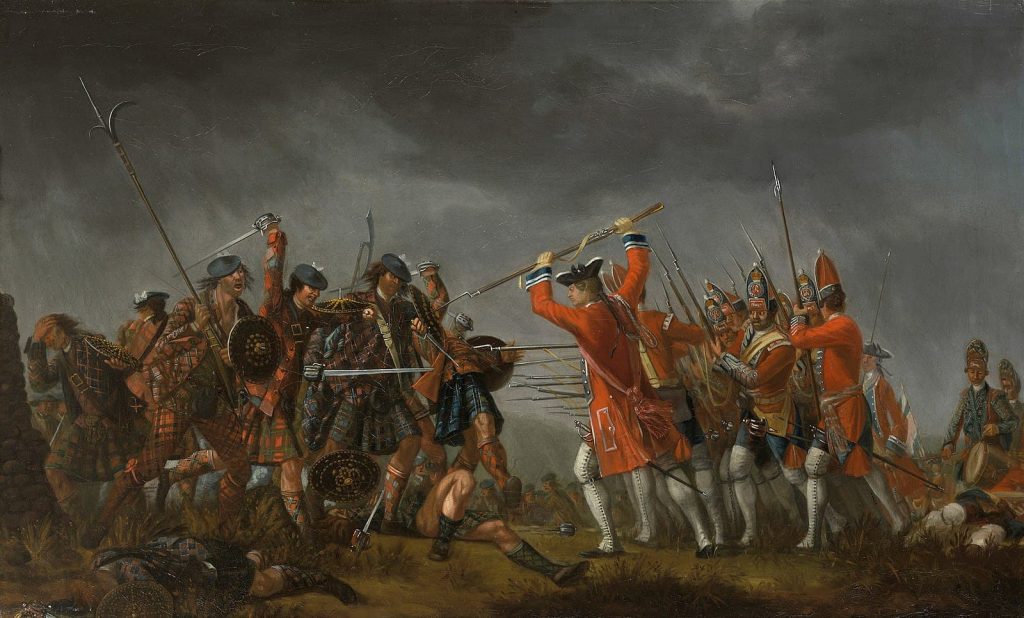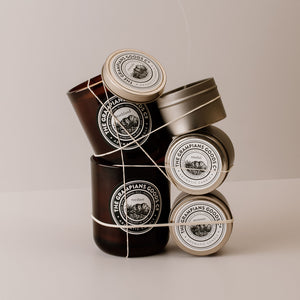
The History of Traditional Tartan Blankets And Picnic Rugs
Key Takeaways:
- Tartan refers to the distinctive criss-cross pattern (sett) woven in both warp and weft, originally a Gaelic term meaning “criss-cross.”
- The oldest Scottish tartan fragment, known as the Falkirk tartan, dates back about 1,800 years and shows early undyed wool patterns.
- Following the 1822 royal visit to Edinburgh, tartan experienced a revival and the emergence of officially named clan tartans became widespread.
- Modern clan tartans may not mirror authentic historical designs, but they are authentic representations of tartan’s cultural evolution and revival.
- The Grampians Goods Co’s tartan designs honor regional Scottish heritage, reflecting the founder’s ancestry and the Scottish roots of the Grampians region in Australia.

Tartan blankets are one of our most popular collections here at The Grampians Goods Co—you might even own one yourself—but are you aware of the history behind tartan?
Read on to learn about the history of traditional tartan and its (terrible pun incoming) chequered past.
Contents
Click on the links below to take you straight to the section you’re interested in.
What’s the Scottish History of Tartan?
Did You Know That Tartan Was Essentially Banned in the 1700s?
The 19th Century Romantic Revival of Highland Culture
In That Case, Is Modern-Day Scottish Tartan Authentic?
What’s the Connection Between Grampians Goods Co and Scottish Tartan?

What Is Tartan?
Tartan is a patterned material with a range of colours running along both the warp and weft (horizontal and vertical) axes to create a motif of interlocking stripes known as a “sett”.
The sett is repeated again and again to create sweeping, criss-cross patterns that vary in complexity and depth.
In fact, “tartan” is actually the Gaelic word for “criss-cross”, meaning a collection of intersecting straight lines that form a pattern.
While we traditionally think of tartan as a textiles-based pattern—usually created with woven wool—it can be replicated on multiple media; paper, wood and plastic, or even as digital artwork and design.
Who Came Up With Tartan?
It’s impossible to know who invented tartan for a few reasons. Firstly, how the word ‘tartan’ has been used and defined has changed over time, sometimes referring to the pattern, sometimes to the material and other times to a particular item of clothing.
The other reason is that cloth material itself is only well preserved in certain environments, like peat bog, salt mines or arid deserts.
So, despite archeologists finding tartan-like remnants in both China and Austria nearly 4,000 years ago (around 1200BC), there’s no way to know if these cultures were the first to produce them.
And, like all items of culture, tartan has evolved throughout the centuries.
The tartan we know and love today has taken on a completely new form, function and meaning, much of which stems from the Scottish ‘Highland Dress’ of the 17th and 18th centuries, and its romantic reincarnation of the 1900s, which we’ll discuss in a moment.

What’s the Scottish History of Tartan?
As we’ve just discussed, some forms of tartan have existed for 4,000 years.The first known tartan from Scotland dates back 1,800 years, in Falkirk.
The Falkirk tartan was simple both in its patterning and colour combinations, made with undyed yarn that created a mostly brown herringbone pattern.
It wasn’t until the 16th Century that tartans began to take shape into something that more closely resembles their modern-day form, with more complexity, vibrancy and variety.

Did You Know That Tartan Was Essentially Banned in the 1700s?
In response to the Jacobite resistance movement, which many Scottish Highlanders joined, the Dress Act of 1746 was enforced by the British Parliament which made it illegal to wear the Highland Dress, which included many tartan garments.
In place for 26 years—an entire generation—this legislation served to disrupt the widespread use of tartan.
It wasn't until the early 1800s that tartan would make a triumphant comeback, when endorsed and encouraged by the British monarch, King George IV.
The 19th Century Romantic Revival of Highland Culture
During the lifetime of the Dress Act of 1746, many tartan patterns were lost or forgotten.
In the early 1800s, a flurry of literature and poetry romanticising Scottish Highland culture was published, sowing the seeds for tartan’s revival.
Then, in 1822 King George IV paid a Royal visit to Edinburgh in Scotland, giving way to grand tartan pageantry (ceremonial displays) which catapulted Scottish Highland dress back into the mainstream and cemented the tartan kilt as Scotland’s national dress.
It was also around this time that ‘clan tartans’ were born to meet the increased demand.


Our Heritage Collection Tartan Blankets in Traditional (Royal Stewart clan tartan) and Spring (Stewart Muted clan tartan).
What Are ‘Clan Tartans’?
Clan tartans are the distinct tartan patterns pertaining to a particular clan or family group.
Prior to the 19th century revival of Highland dress, in most cases Scottish Highlanders would choose to wear whichever tartan patterns they pleased, depending on availability of yarn, or personal preference.
Whilst the hundreds of clan tartans that sprung out of this revival may have resembled the original designs of the 17th and 18th centuries, many would have been ‘reinventions’ of traditional tartans, created with newer weaving and dyeing techniques and different tastes in fashion.
Here at GGCo., we stock over ten different Scottish clan tartan names. These are just a few:
- Royal Stewart ('Traditional')
- Stewart Muted Blue ('Spring')
- Jacob ('Classic')
- Buchanan Antique ('Autumn')
- Buchanan Natural ('Gold')
- Bannockbane Silver ('Navy')
- Black Watch ('Forest')
- Wallace ('Rebellion')
- Thompson Camel ('Camel')
- Thompson Grey ('Grey')
- Mackellar ('Winter')
Which one is your favourite? We can't go past the gorgeous 'Autumn' blanket, which is a traditional Buchanan Antique.

In That Case, Is Modern-Day Scottish Tartan Authentic?
It’s difficult to definitively say whether modern-day tartan is authentic or inauthentic, and here’s why.
If we’re asking whether the modern-day Scottish clan tartans we see in clothing, blankets and elsewhere today are the same patterns that originated in the Scottish Highlands of the 15th to 19th centuries, then the answer would be no.
And if we’re asking if the concept of ‘clan tartans’ as we know it today, has ancient origins, then the answer would also be no.
But if we acknowledge the immense cultural and historical journey that tartan has undergone through the centuries, including the birth of clan tartans in the early 19th century, then yes, modern-day Scottish tartan is authentic.
What’s the Connection Between Grampians Goods Co and Scottish Tartan?
The Victorian Grampians region (Gariwerd) was settled by Scots in the early 19th century and in fact many towns and landmarks have names that mirror those of their homeland.
Not only that, our Founder, Amanda, is descended from Scots, and the father of her children is also half Scottish.
In fact, Amanda was originally inspired to add the popular Heritage Collection Tartan Blankets to GGCo.’s offering after visiting family in Scotland.
When designing and curating new collections, we always consider the deeper meaning and how any new products will contribute to a deeper, more resonant version of the story we’re telling here at GGCo.
Scottish heritage is an important part of the Grampians region, and so learning more about its history and culture, and bringing those learnings to the GGCo. Fam, is what it’s all about.

Article Sources
- The Scottish Register of Tartans
- Scottish Tartans Authority
- The Guardian
- Scottish Tartans Museum & Heritage Centre
- Scottish History Online
- Historic UK
- Tartan Ambassador
- Kinloch Anderson
- Lochcarron of Scotland








Leave a comment